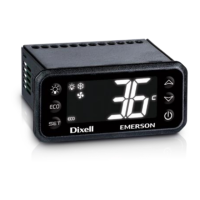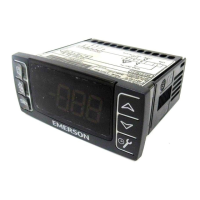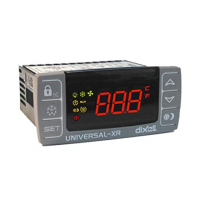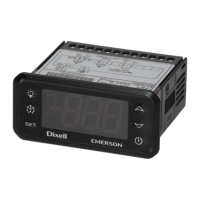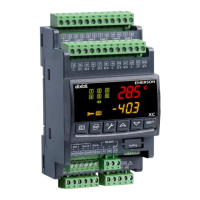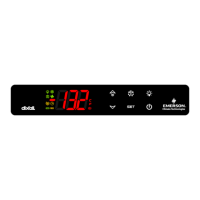User Manual Chapter 11
GFK-1742F Jan 2020
Local Logic Tutorial 278
P005: = Torque_Limit_1 * P004;
11.4.2 Relational Operators
Relational operators compare two operands in a conditional statement. The < (less than), >
(greater than), <= (less than or equal), >= (greater than or equal), = (equal), and <> (not
equal) operators are valid relational operators. The IF statement body execution takes place
when the conditional expression is a true. In the example, the variable Torque_Limit_1 is set
to 10000 if the variable Block_1 equals 3. If the Block_1 value is not equal to 3 then the
expression evaluates to false and program execution continues after the END_IF program
statement.
Example:
IF Block_1 = 3 THEN
Torque_Limit_1 := 10000; (* Set Torque Limit = 100% @ Block 3 *)
END_IF;
Complex relations may be solved by nesting IF statements. For example, to set Axis 1 torque
limit (Torque_Limit_1) to 10000=100% (i.e. same scaling as in AQ command processing)
when the motion program block 3 is active and axis 1 commanded velocity
(Commanded_Velocity_1) is less than 1000, the following construct is valid:
IF Block_1 = 3 THEN
IF Commanded_Velocity_1 < 1000 THEN
Torque_Limit_1 := 10000; (* Set Torque Limit = 100% @ Block 3 *)
END_IF;
END_IF;

